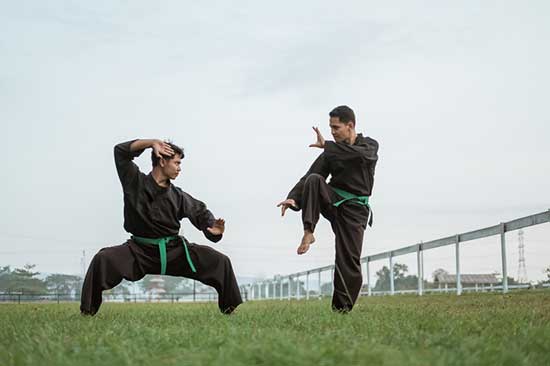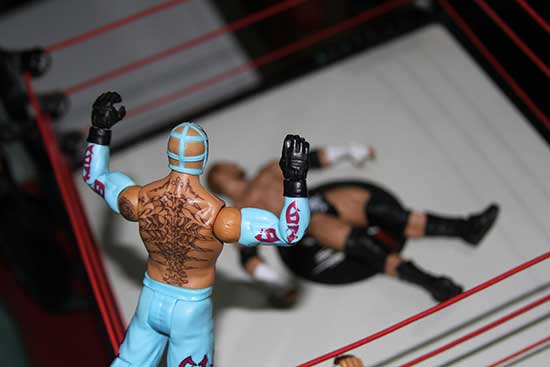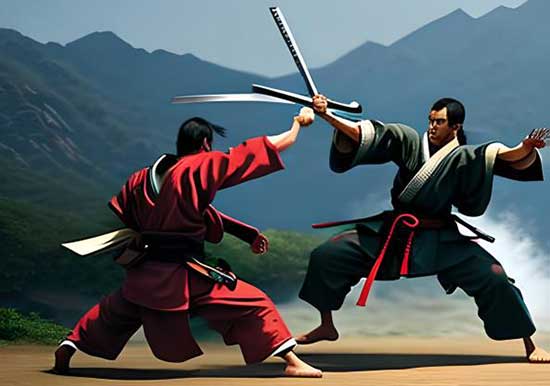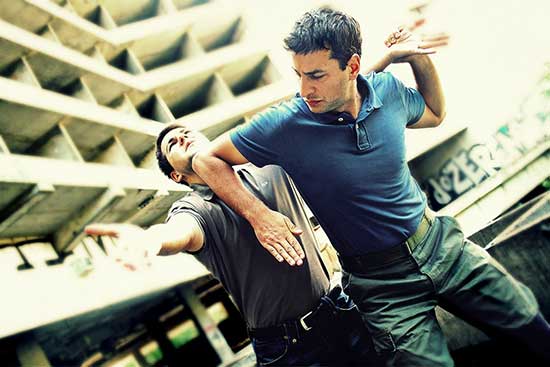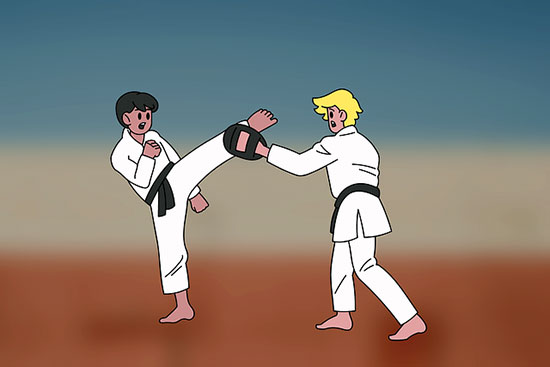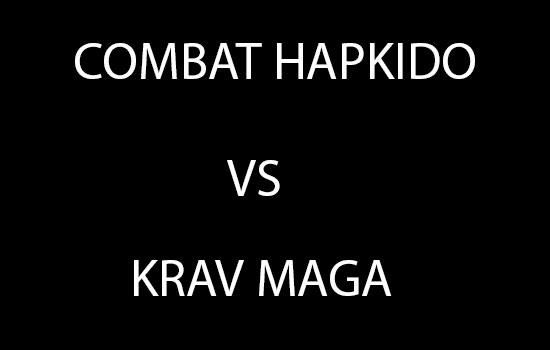One of the key components in martial arts is discipline. Maybe you have seen it before. A good example here is parents that enroll their child in martial arts classes expecting to suddenly and indefinitely whip them into shape so that they never answer back or behave badly. The problem is that their child has a limited attention span and uncontrollable energy. But it is not just about that.
Maybe in your head, you are thinking that you can become a disciplined ninja warrior with perfect focus. Let’s not get that far. The proper way to learn martial arts is to have some kind of discipline.
Martial arts, in the absence of discipline, lose their content and meaning. Martial arts begin with discipline and are discipline themselves. The learning process is impossible without discipline.
Otherwise, martial arts can become a dangerous weapon. Knowledge of martial arts is as deadly as a knife or a pistol. And depending on how and when you use it, it can be destructive or constructive.
There are two main areas of discipline:
- Preventive.
- Correctional.
Preventive discipline is a positive learning process aimed at achieving general and specific goals. This type of discipline corresponds to the voluntary and persistent work of each member of the study group for the sake of mastering the proposed knowledge. Preventive discipline is the ultimate goal of any teacher.
Correctional discipline is the process of detecting and correcting unwanted behavior. It serves to return the entire group or its individual members to a positive course of learning and is an intermediate stage in the transition to preventive discipline.
In a martial arts school, discipline must begin from the very first day a student enrolls in a group. To do this, all beginners need to clearly and clearly explain the following provisions:
- What the student will be able to learn in school;
- The quantitative and qualitative composition of the study group;
- The rules that he will be required to follow;
- The importance of regularly attending and actively participating in classes.
All school rules must be clear and specific. Each newcomer joining the group should be given a printed list of these rules and school regulations. School rules must be consistent and equally binding on all students. The same list should also reflect the consequences that will entail ignoring or violating the rules.
Human beings (especially kids) respond better to positive influences than they do to negative influences. So what does this mean regarding learning martial arts?
Contents
A good martial arts instructor matters
If a coach leads a class like a drill sergeant and it’s “his way or the highway” you can be sure that his class will be poorly attended. The people in the class will probably be good but they will not know how to compromise and they certainly will not take any direction from anyone else but the coach.
If the coach leads the class by example through positive encouragement, constructive feedback, and mutual respect, I believe he will have a much easier time and will create better students both technically and in terms of their attitude.
Doing that will allow more people the opportunity to stick with martial arts long enough to begin to truly understand and experience the real benefits that come with an extended length of training and study.
If, on the other hand, the coach scares them off after the first couple of lessons, the students will forever be negatively inclined towards martial arts and may miss out on something that could have provided them with great value.
That’s why the first important thing when you learn martial arts is to choose this type of coach. His job is to give them every chance to like martial arts so that they can make an educated decision as to whether it fits in with their lifestyle and goals.
Among other things, the instructor must have the following information:
- about the individual needs of each student.
- about the physical and psychological characteristics of each student.
The more accurate you are about your students, the easier it will be for him to place them in the classroom that best suits their skill level and that will provide the greatest possible growth in their proficiency.
The instructor should always know at what level of skill each student is at the moment, the performance of which techniques he needs to refine or improve, and what is his personal opinion about the speed of his own progression.
Having constant information about the state of each student and the development of lesson plans accordingly are the most important factors in the educational process. Maintaining constant discipline in groups is the result of careful planning and practical implementation.
Being able to predict the possible behavior of students will allow you to effectively maintain preventive discipline in the classroom.
Another way to maintain preventive discipline is to develop and establish specific criteria for excellence to achieve in each group. If students complete the next stage of training or receive a belt corresponding to a higher rank without having mastered the techniques required for this level, this will only harm the entire educational process.
They should be fully aware of the fact that real progress is possible only by following the Path (Do) and diligently practicing the necessary techniques.
Asa conclusion, the most important factor for an instructor seeking to establish the required discipline in a study group is his own behavior. The level of proficiency that a study group can achieve is inseparable from the level of skill and behavior of the teacher.
For his students, he should be an example not only in the ring but also outside it. Student behavior will be a direct consequence of the teacher’s relationship with the group, the complexity of the tasks defined for each level, and the regularity of achieving the set goals.
If students feel that the teacher himself has the knowledge and techniques that are required of them to master.
